Historic hilltop towns, can also be real towns, as we found out in Perugia.
It was another town that had not been on our high priority list, partly because of what it is renowned for. It is always a shame when a place gets tarnished and remembered only for an event that occurred there. An event played out on the media circuit time and time again. An event that destroys lives and an event where probably the truth is never really established. In the UK, Perugia is only known for the death of Meredith Kercher.
Part of the same reason not to go is that this is an international student town. The reality of this is that it is where wealthy parents send there kids to get culture when they think their home country cannot provide it. There are a lot from North American. There are a lot from Asia.
It was quite a miserable day.
Intermittent drizzle kept many off of the streets, but not the two wanderers. After the shallow Disney tourist hell of Siena we were keen to see something real.
And Perugia is a lot more real, it has rain and working people, not there just to sell you crap.
But it still has that classical old town Italian feel.
Its cathedral is a bit beat up, hasn’t had the same sort of restoration budget as the tourist euro provides to Siena. Unfortunately you get nothing of the interior, not allowed by the Catholic church unfortunately. It was beautiful for two reasons; it had very little furniture and the columns were magnificent, although fake. They looked like lots of different marbles, but upon closer inspection were all painted to look like marble. A common and cunning trick, one of many that the catholic church plays on its believers (and in this case- unbelievers).
To ascertain the truth touch the offending object. Marble will usually feel cold, painted plaster warm. Another way is to look closely. The guardians of these pieces of culture usually hack them around a bit, whacking in the odd nail to hang a peace of flex so Johnny priest has a microphone and doesn’t have to raise his voice during sermon too much. Such butchery will often shatter said finish revealing paint and plaster beneath, still beautiful painting though.
All those steeps, not very accessible, and in the rain, marble, travertine is a bit of a liability.
Eventually we get to the city limits, the walls. Often formed by four storey housing that clings desperately to the hillside, and then the cantilever, hanging out even further.
The cloud comes up the valley to envelope the edges of the city.
And then clears to reveal…
More churches.
More narrow passageways, arches, infills.
An aqueduct that used to either bring water, or more likely, get rid of sewage, which is now used as a footpath.
Majestic, just not so good for the elderly.
Where now, just wander.
Revealing the corners no architect has been near. They make no sense, a stairway to nowhere, windows that look at windows, arches for no apparent reason. All add to the quaintness of the place, and appeal to the tourist.
But really, would you want that view from your bedroom window, that lack of direct sunlight, that sewer pipe flushing from four floors above. That cold, un-insulated wall, surface mounted electrics, gas and water. Give me modern. Modern standards, where you don’t have to wear a fleece around the house.
Then we come across some basement fort, now a route through the city, escalators connect the base of the hill to the top most squares. What a way to traverse the city, pure beauty.
But the real delight of Perugia, the minimetro.
A lightweight transit system from the outskirts to the centre.
An upside down cable car system, using ropes and pulleys.
We have already seen this type of system to pull trains before. ‘El tren cremallera’ in Vall the Nuria LINK. One of the most beautiful (although short) train journeys we have ever had. The system looks very simple, very efficient. SM
Simple engineering at its best.
A city centre mini roller coaster ride.
All for only €1.50.
Maybe a bit red on the colour scheme.
GDR


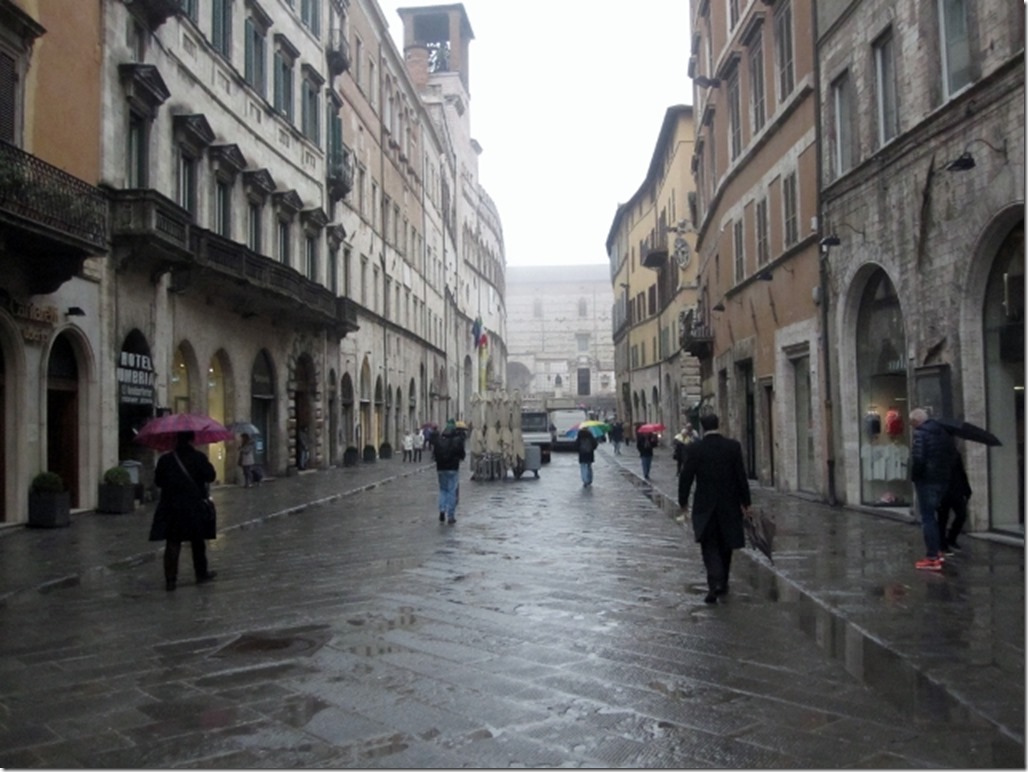
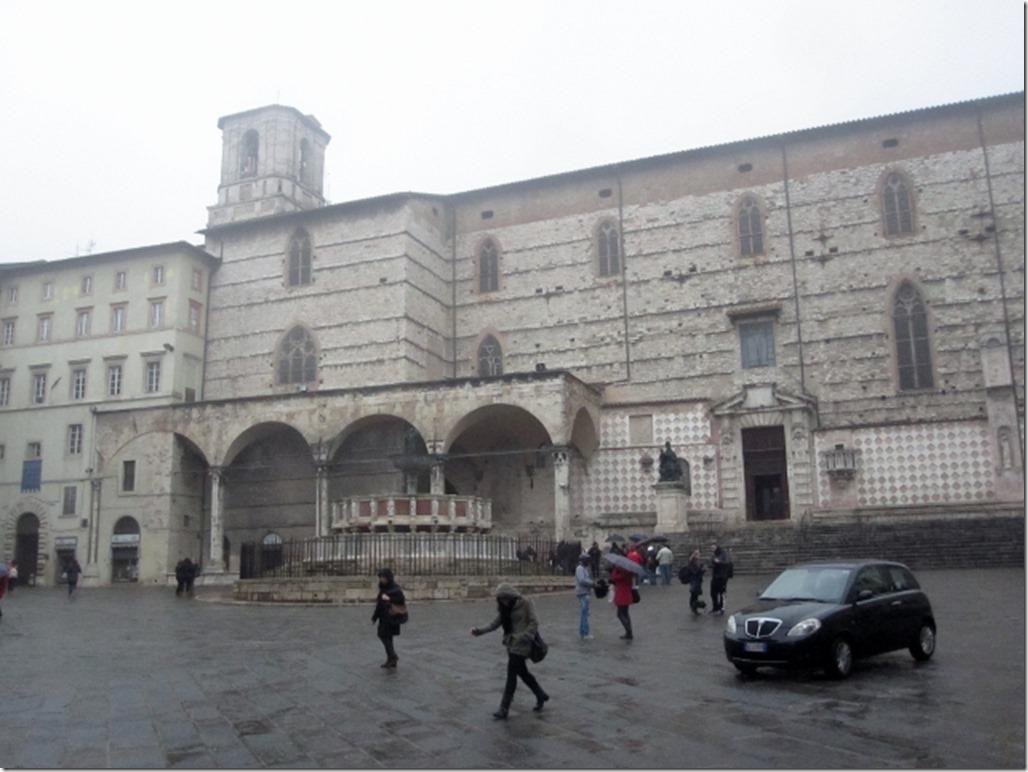
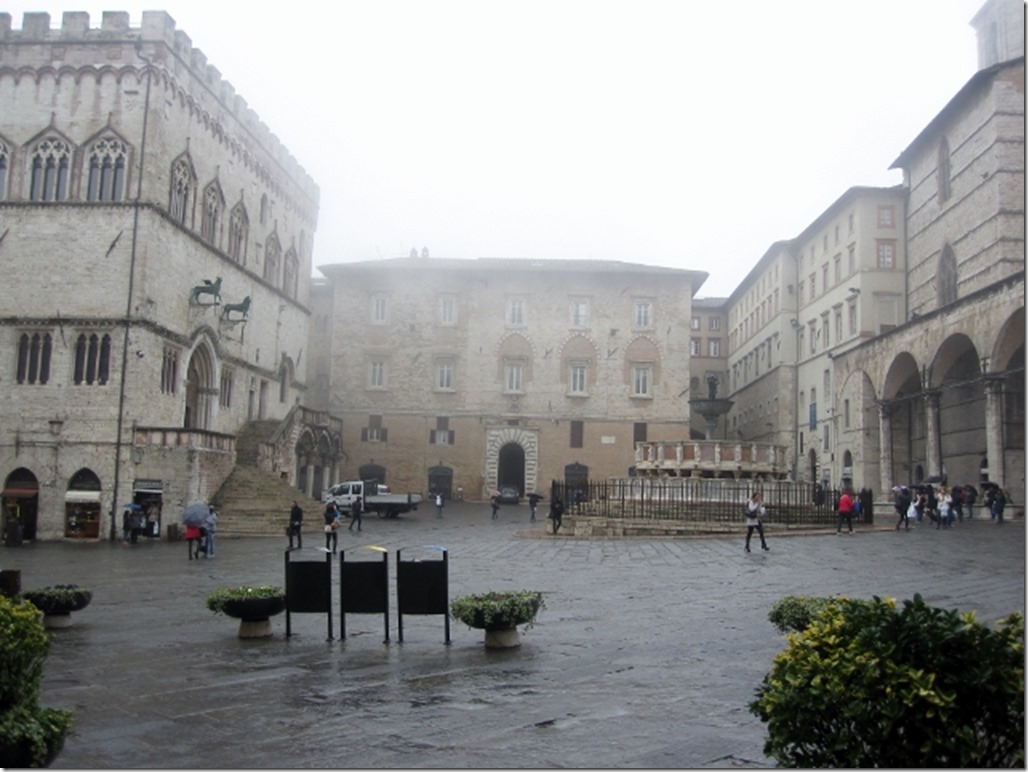

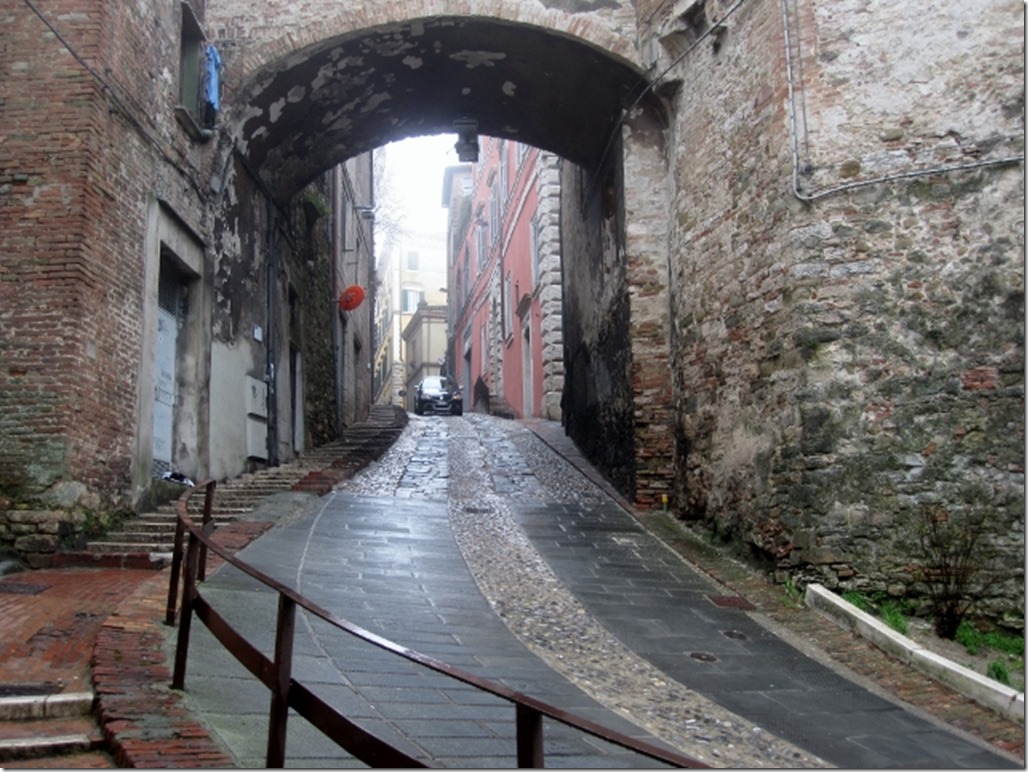
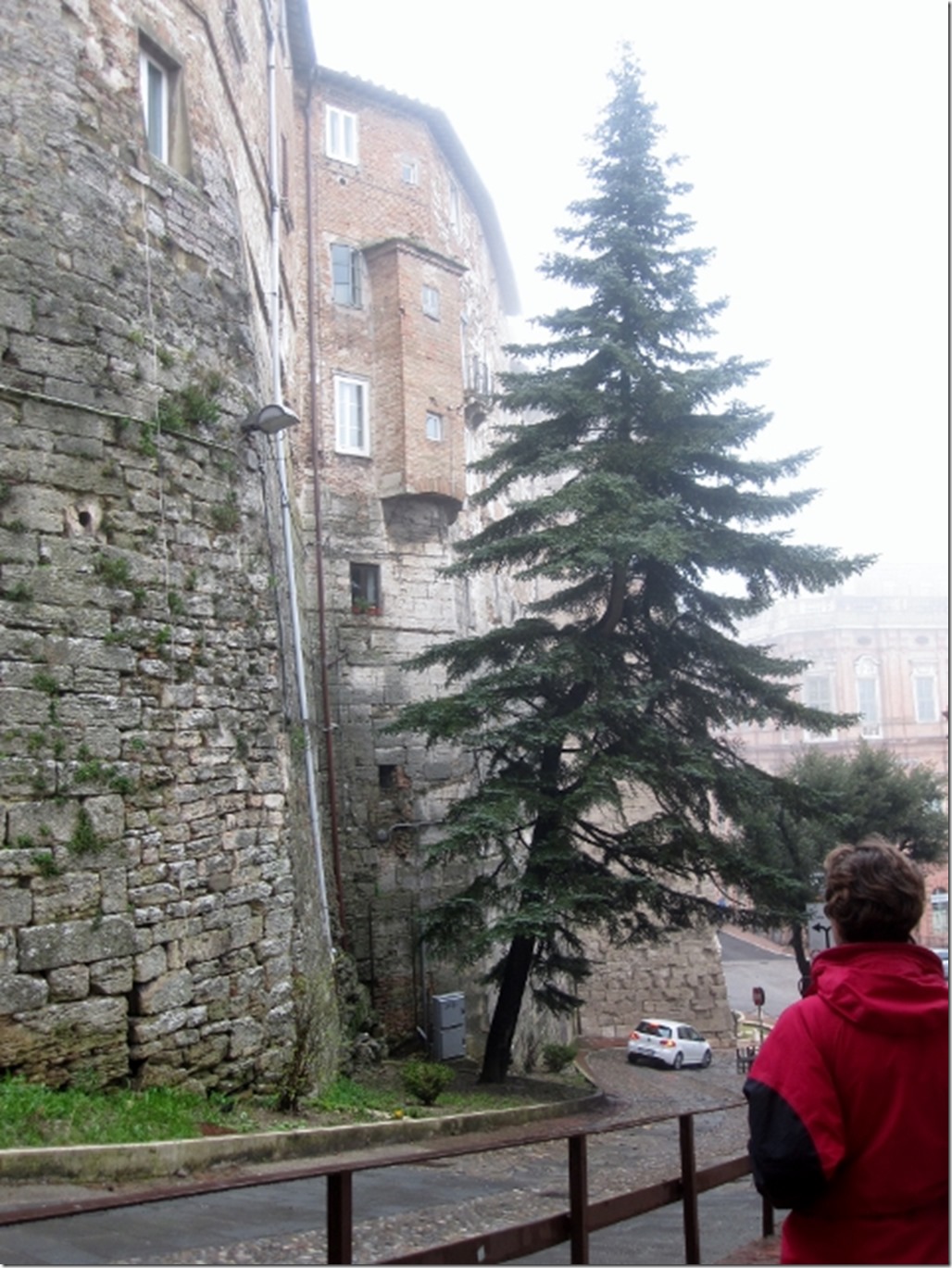
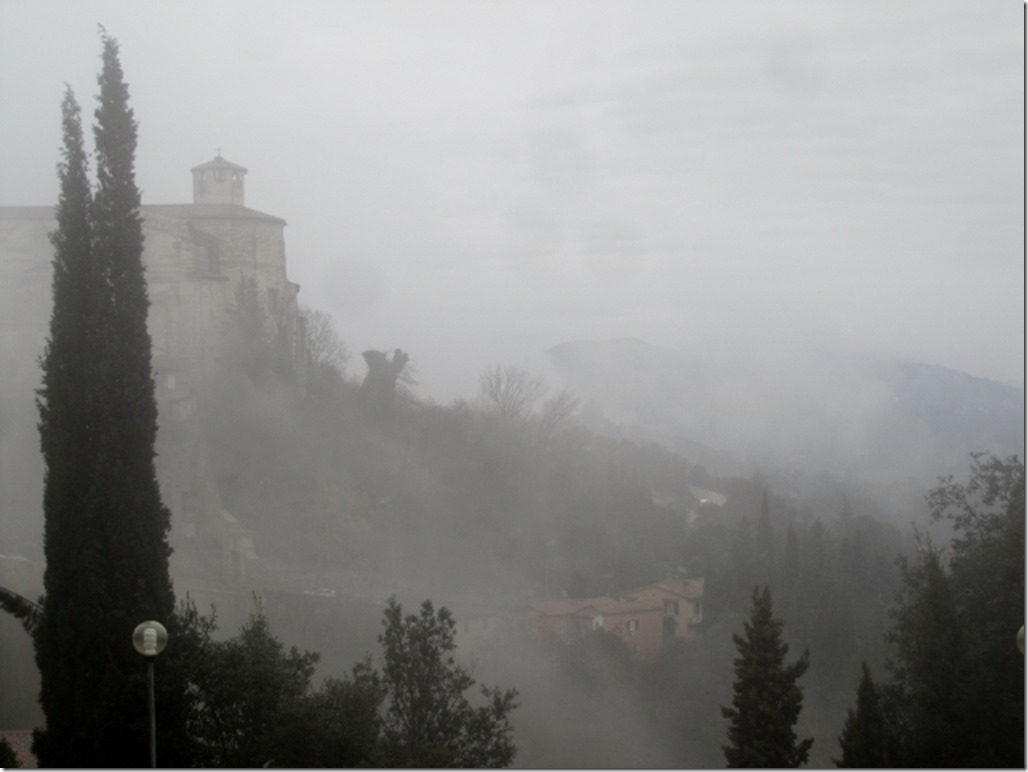
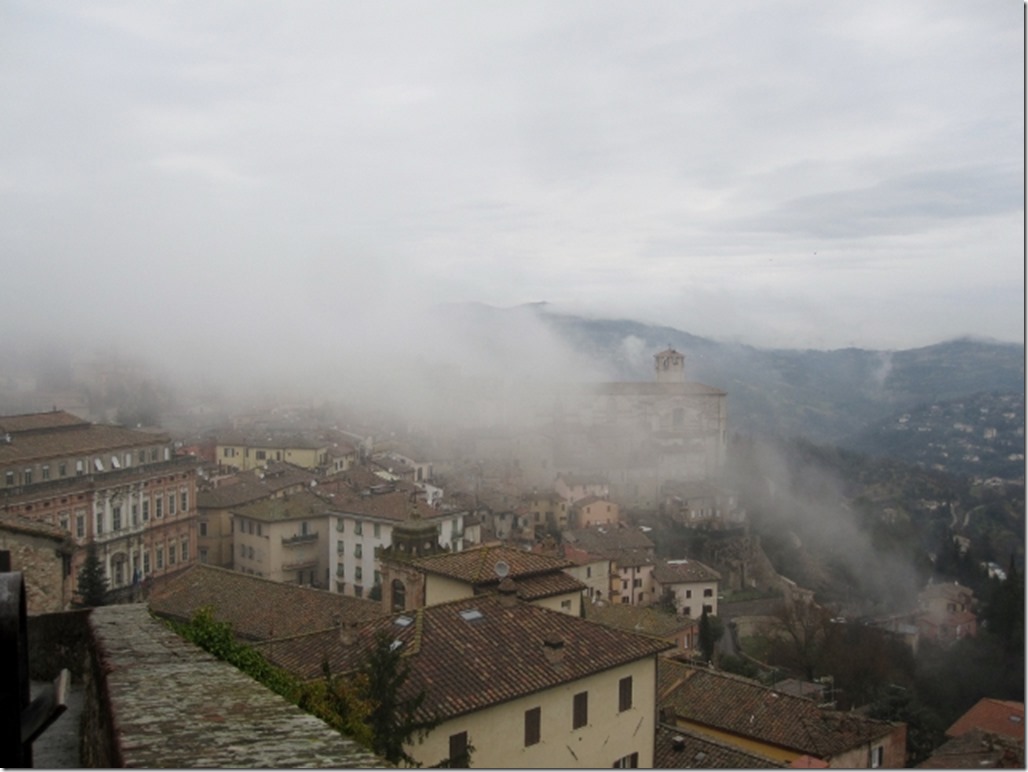
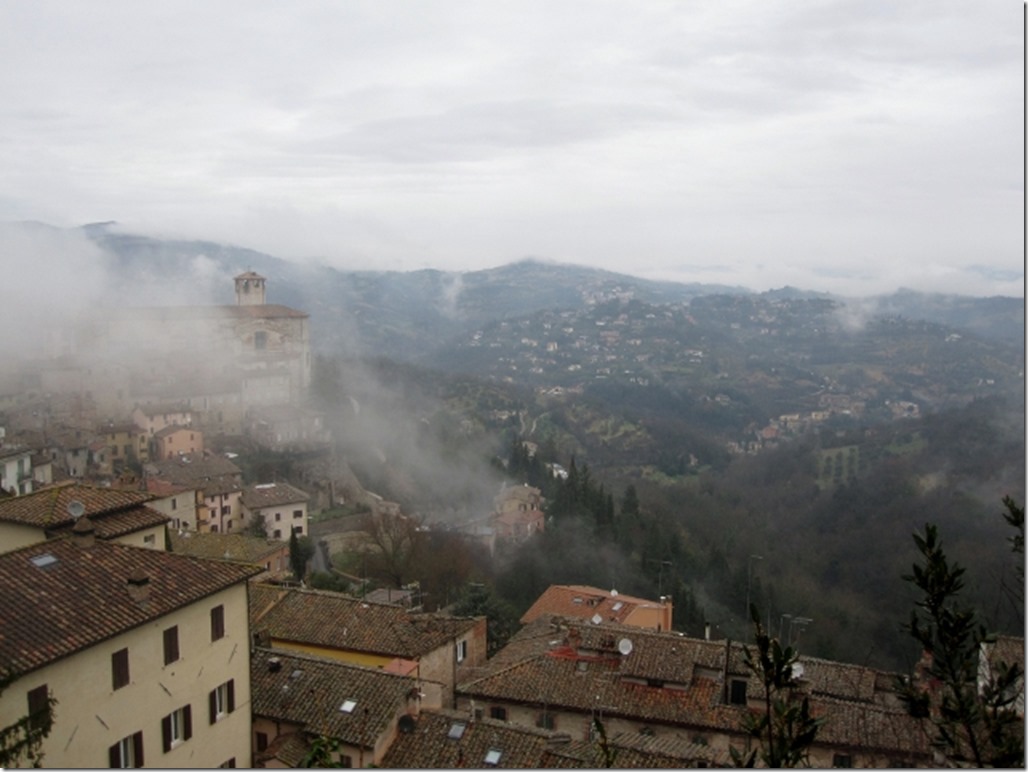
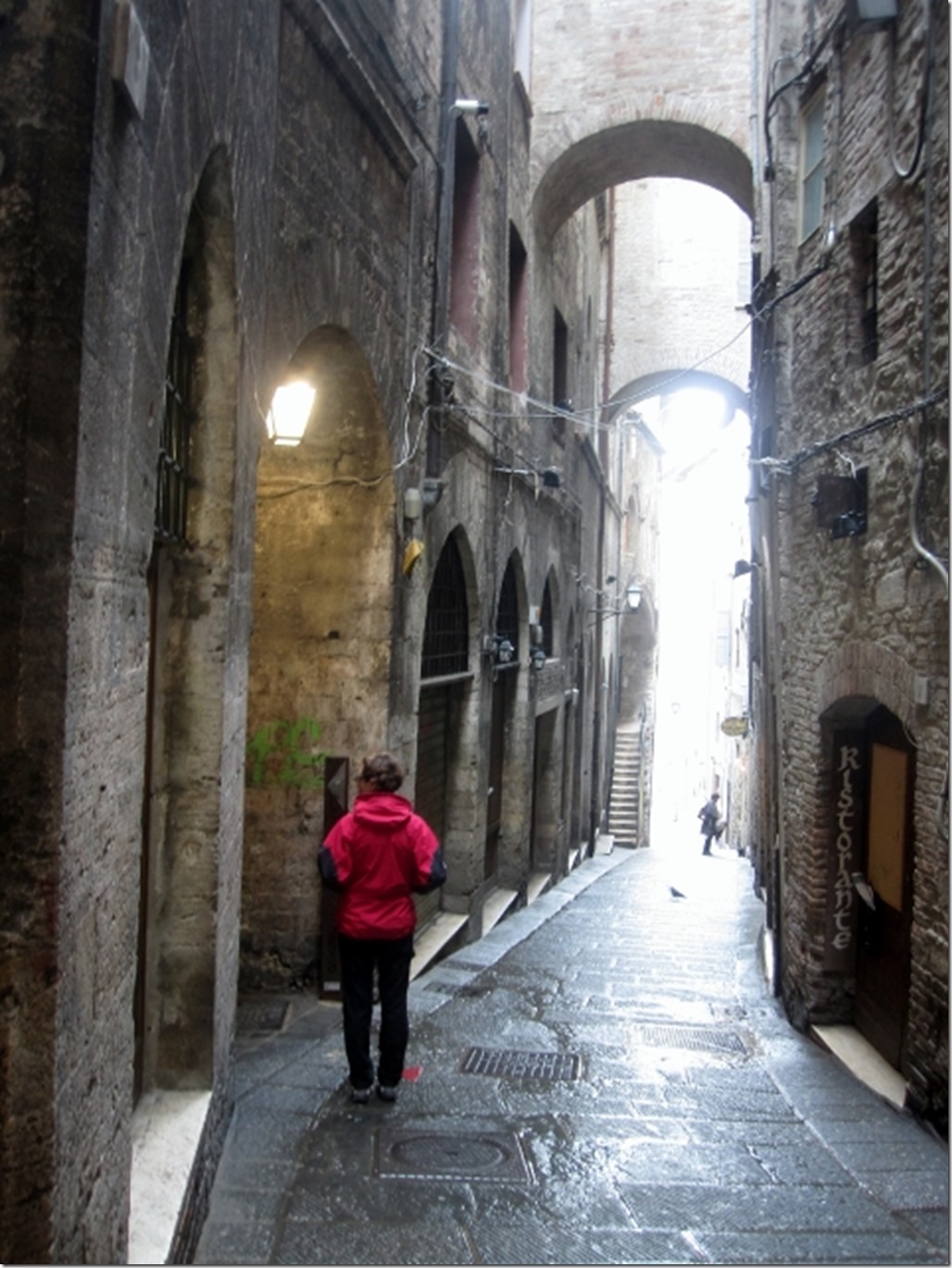
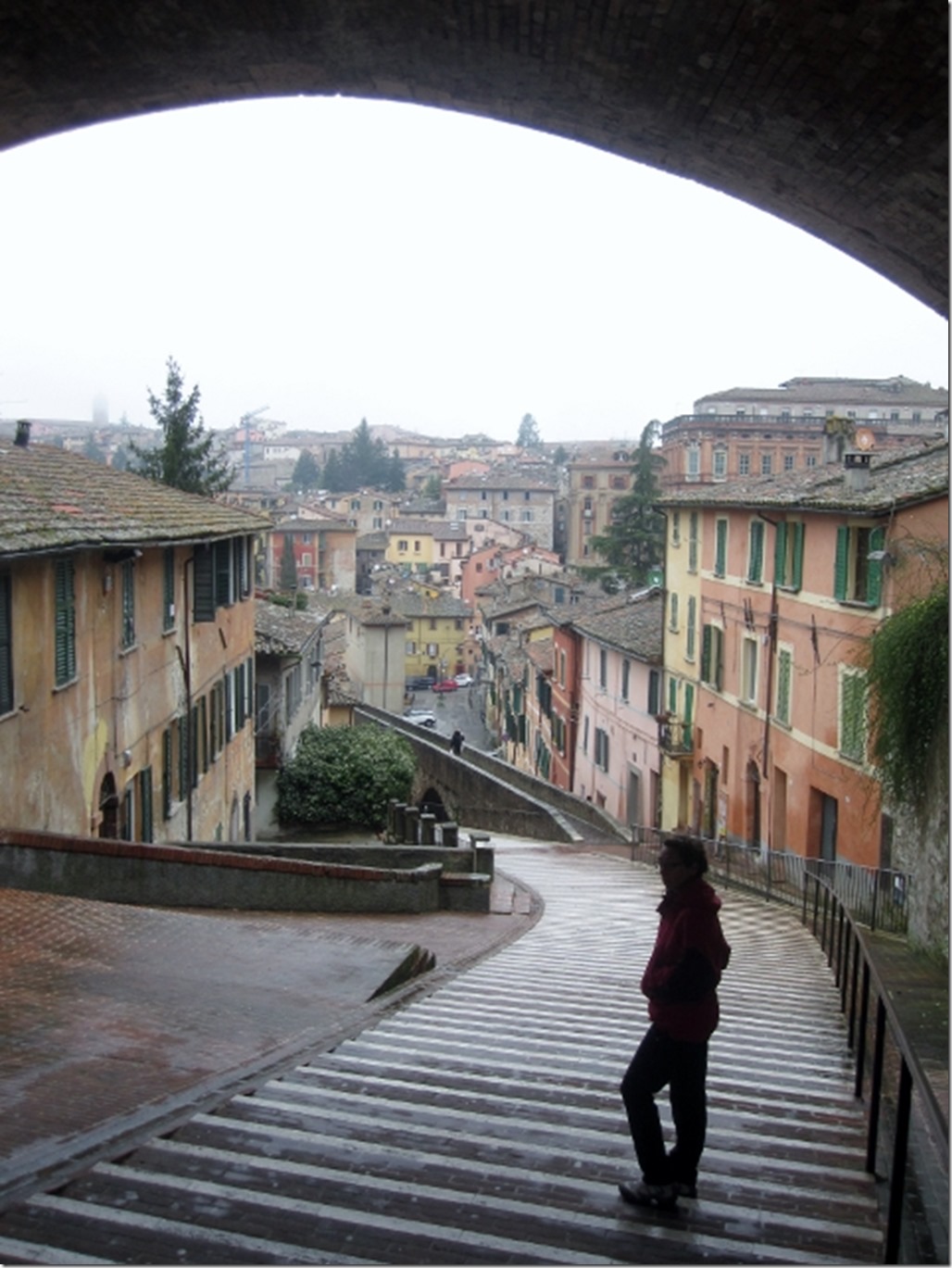
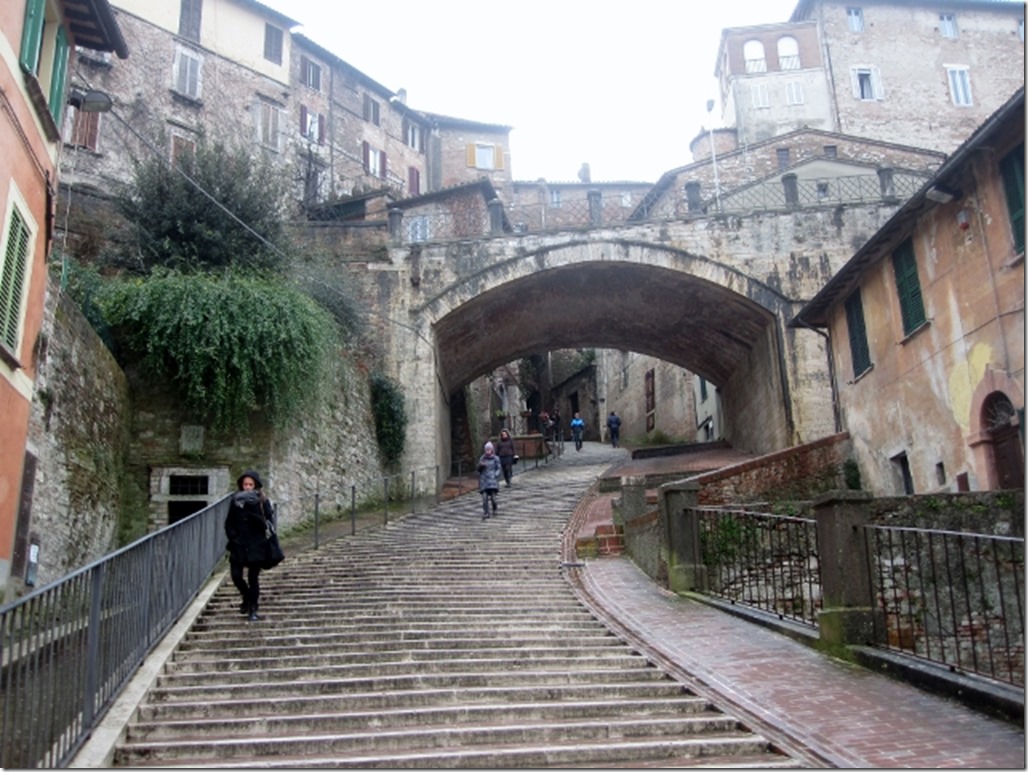
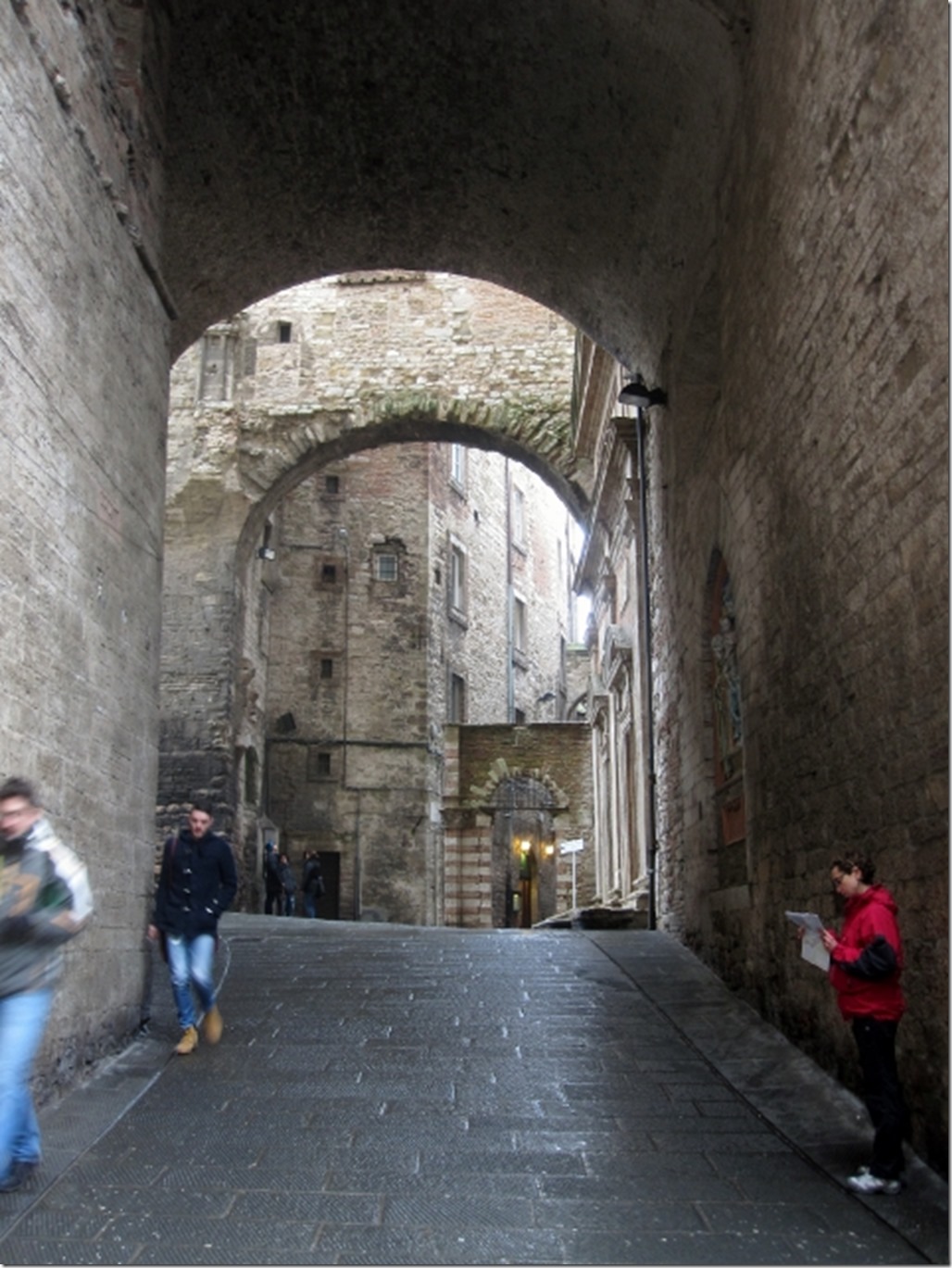
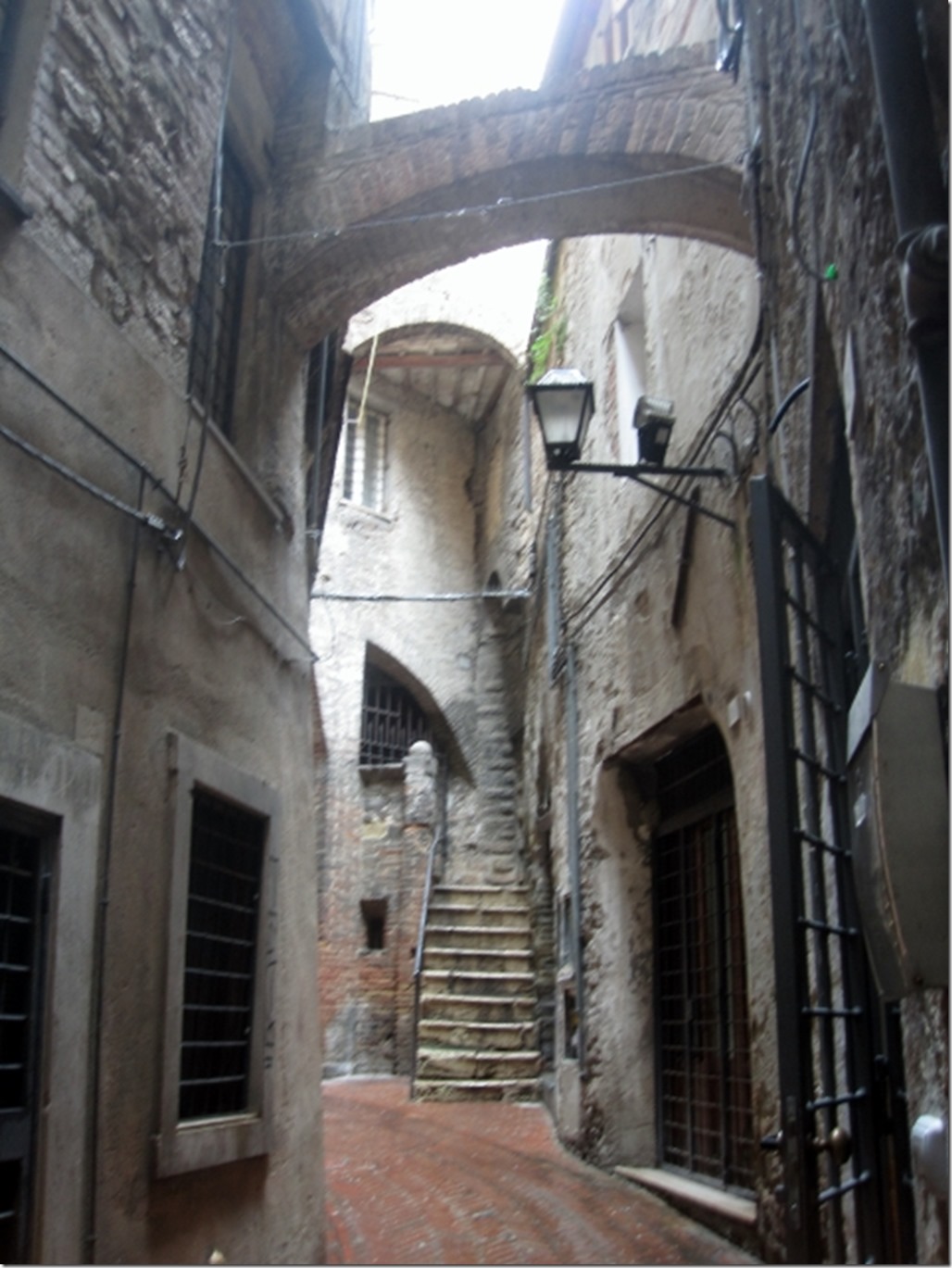
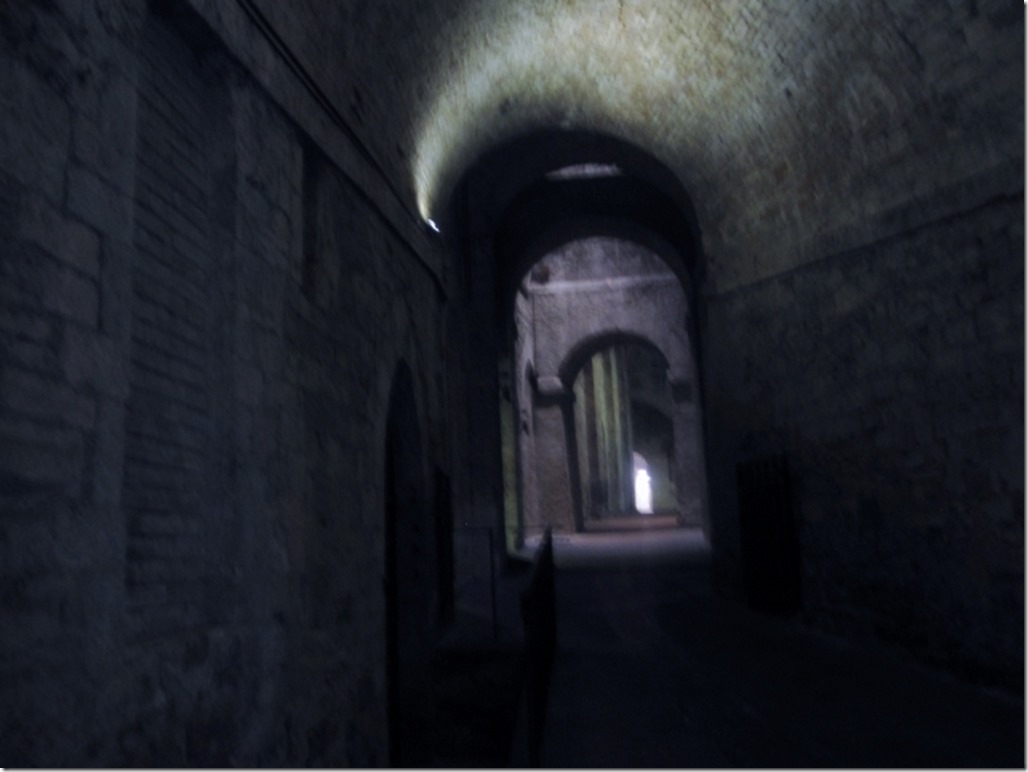
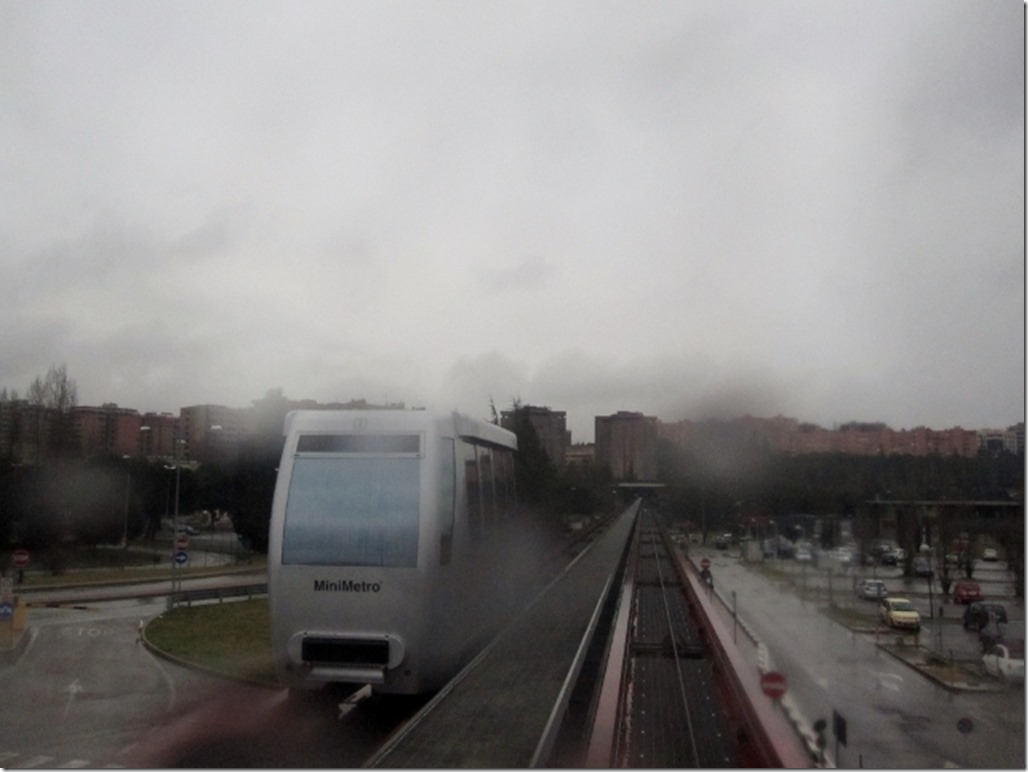
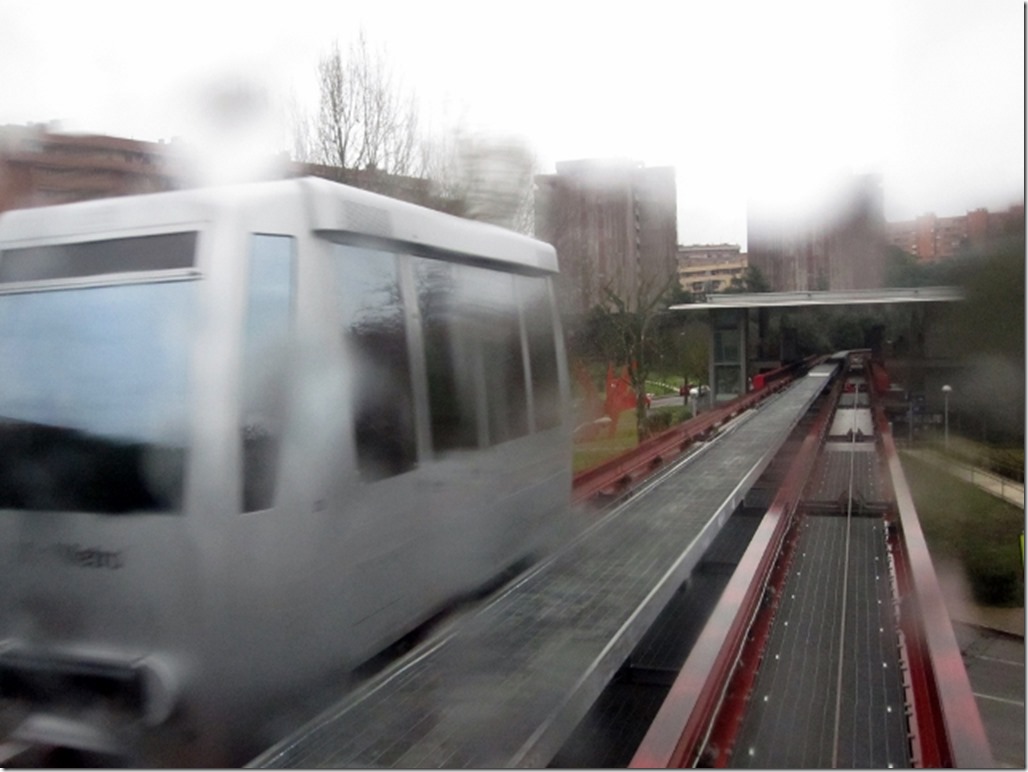
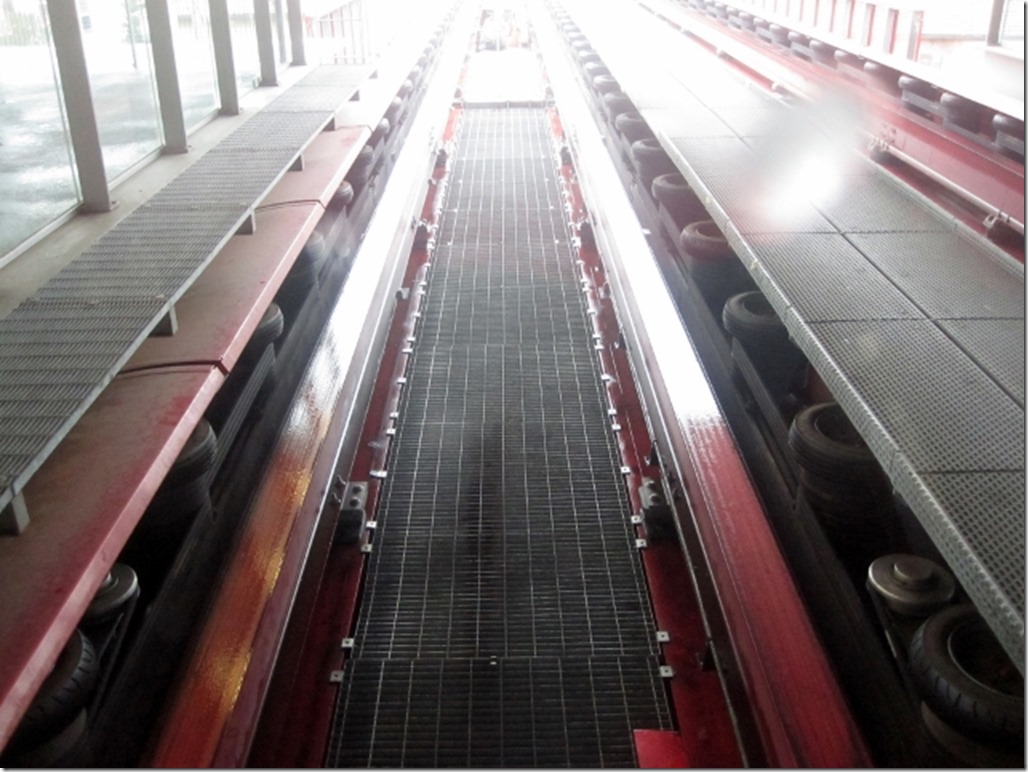
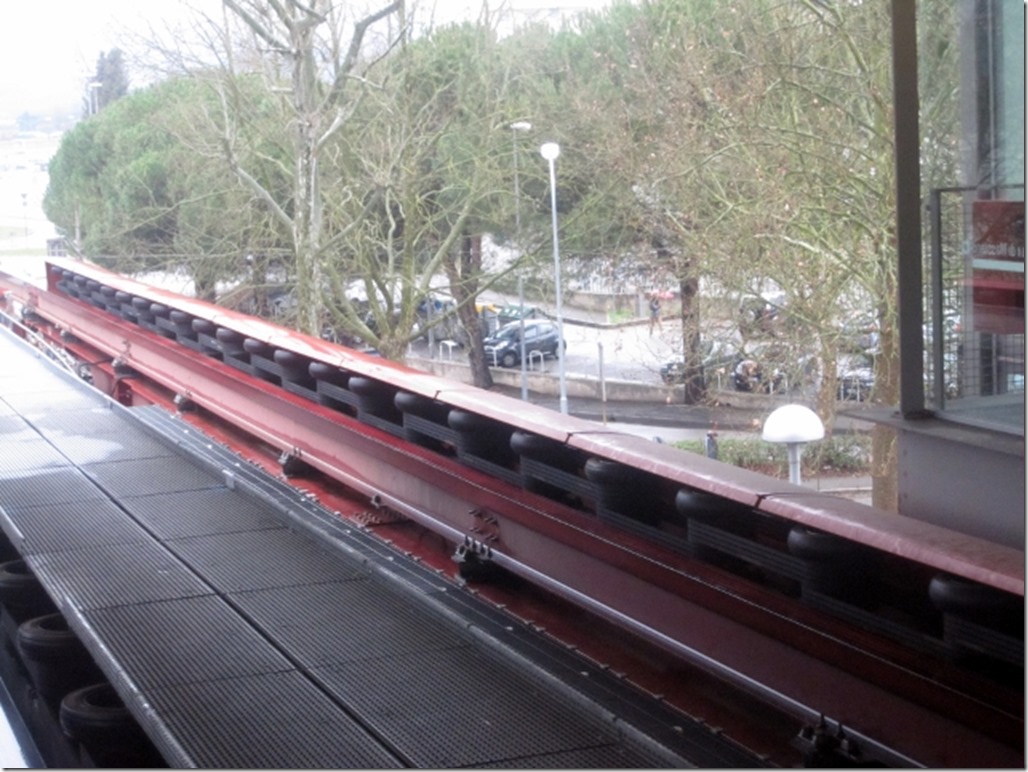
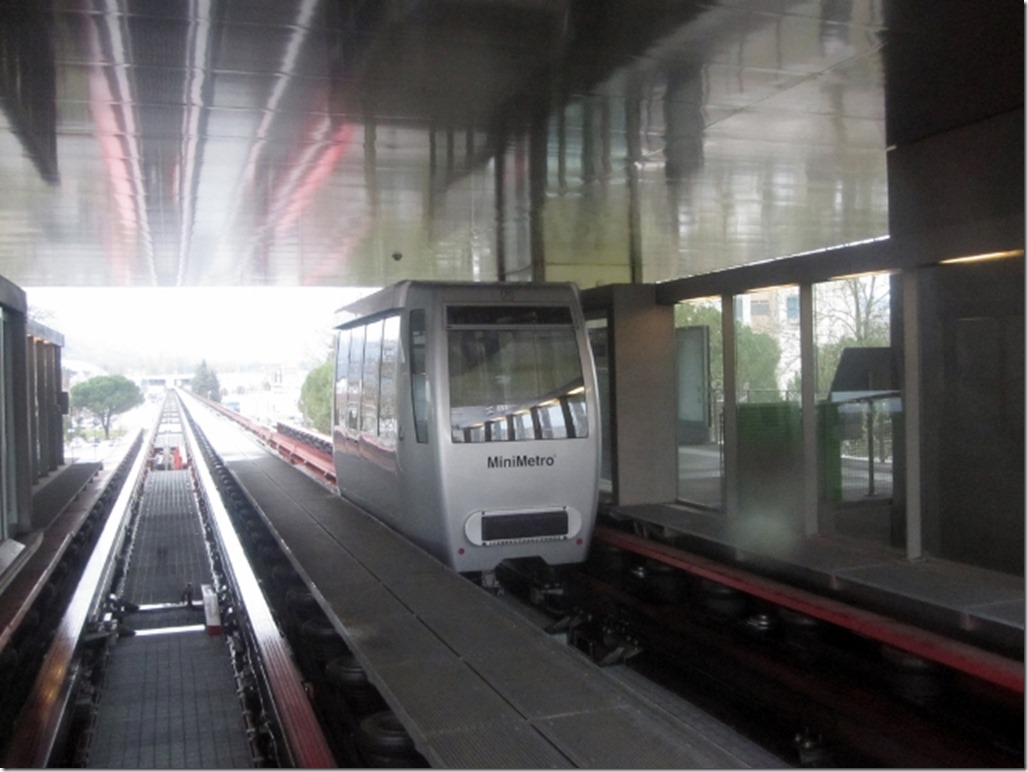
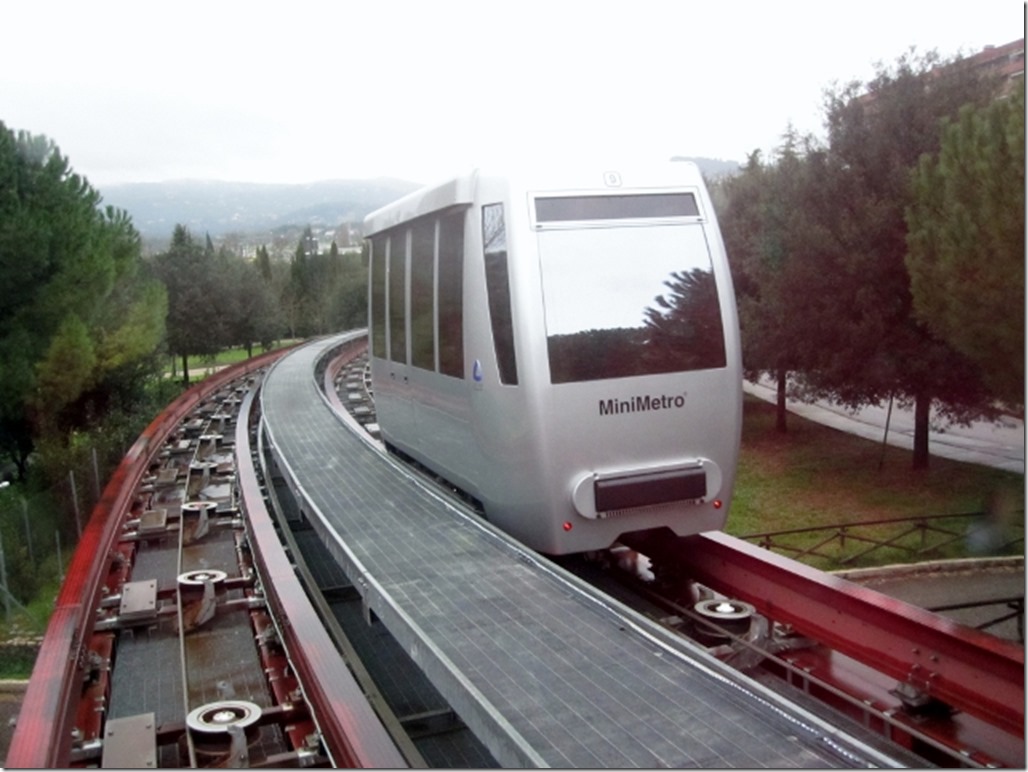
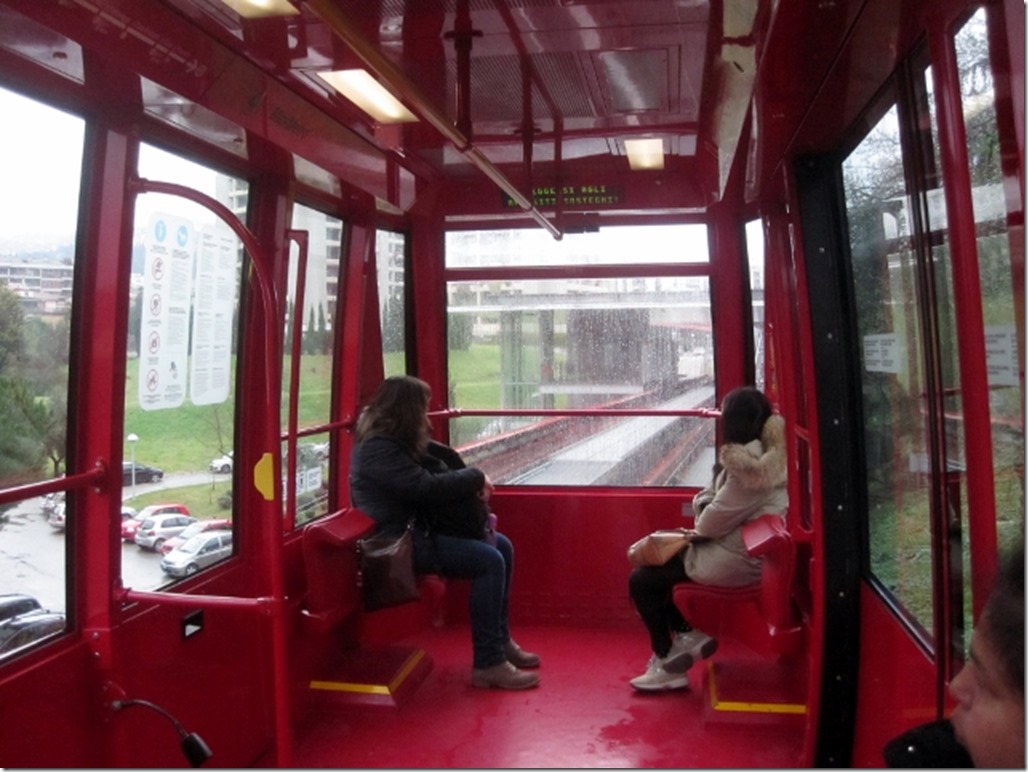






Parece una ciudad demasiado antigua , por lo menos lo que veo en algunas imágenes , supongo que luego también abra edificaciones nuevas como en todas partes
Todo en es antiguo en Italia